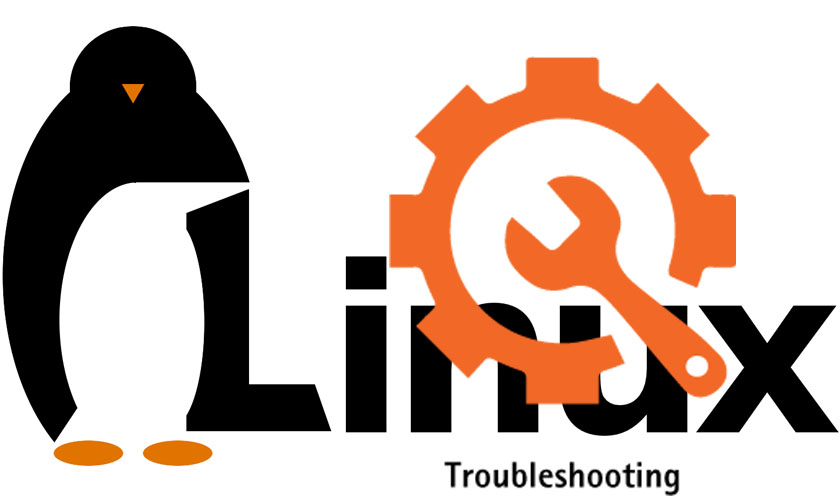1. Wifi drivers (especially Broadcom chips) :
-Ascertain which Broadcom card you have by using lspci to find out the PCI ID.
-Determine whether the distribution you use supports that card.
-If it does, identify the proper way to get the card working.
2. Printer drivers (especially Canon and Lexmark):
-Research the OpenPrinting database and the official support channel for your distribution.
-Ensure all functionality of a device is fully compatible.
-Keep in mind that drivers are often only available on non-English websites.
-If you’re purchasing a new printer, research compatibility before you buy.
3. Video:
The most common video issues are:
-Video accelerators; the latest video cards and newest technologies, such as NVIDIA Optimus and ATI dynamic GPU switching; installation and stability of proprietary drivers.
-If you’re looking for a new laptop, be sure to research compatibility before your purchase.
-If you’re a gamer or need the highest-end graphics, you’ll need to know exactly what your requirements are and start your research there.
4. Audio:
Audio has been easy to configure and reliable under Linux for a while. The best advice is to use one of the dedicated audio-related distributions if you need high-end real-time audio.
5. Installation:
-The vast majority of installs go as expected and most supported hardware is attempted and you can easilly find answers to common issues in blogs for communities and distributions.
-Keep in mind that end users rarely install other operating systems, such as Mac OS and Windows, as they come pre-installed on new devices.
Source: opensource.com








0 Comments